Home>Gardening & Outdoor>Plant Care & Gardening Tips>How Far Apart Should Mums Be Planted
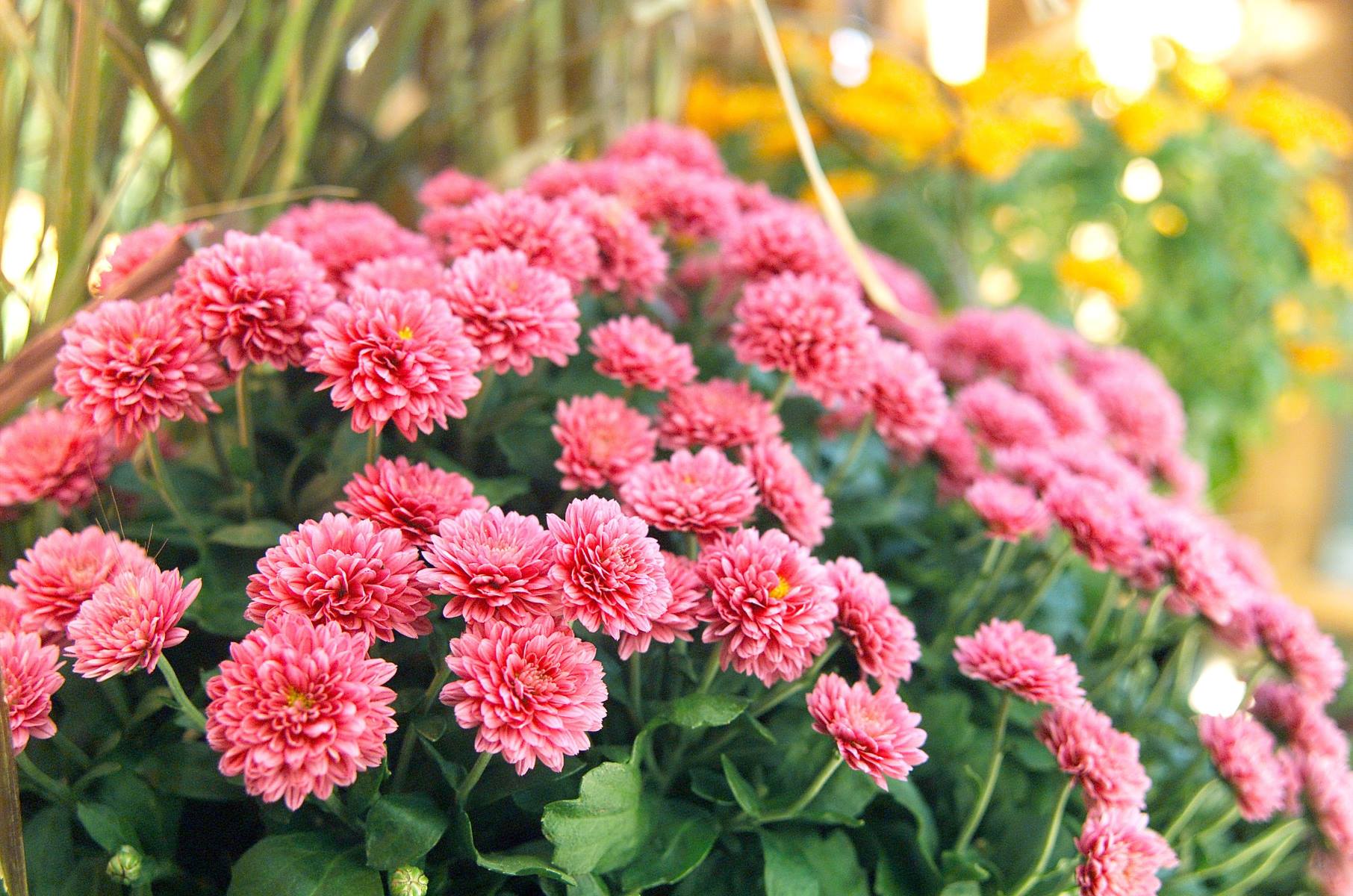

Plant Care & Gardening Tips
How Far Apart Should Mums Be Planted
Modified: August 20, 2024
Learn the best spacing for planting mums and get expert plant care and gardening tips. Find out how far apart mums should be planted for optimal growth.
(Many of the links in this article redirect to a specific reviewed product. Your purchase of these products through affiliate links helps to generate commission for Storables.com, at no extra cost. Learn more)
Introduction
When it comes to creating a vibrant and flourishing garden, the placement of each plant is a crucial consideration. This holds especially true for chrysanthemums, commonly known as mums, which are renowned for their stunning blooms and vibrant colors. The spacing between mums can significantly impact their growth, health, and overall visual appeal of your garden. Understanding the optimal distance for planting mums is essential for ensuring their well-being and maximizing their ornamental impact.
Proper spacing not only allows each mum plant to receive an adequate amount of sunlight, water, and nutrients but also facilitates air circulation, reducing the risk of diseases and promoting healthy growth. Moreover, the strategic arrangement of mums can contribute to an aesthetically pleasing garden landscape, enhancing the overall beauty of your outdoor space.
In this comprehensive guide, we will delve into the factors that influence the spacing of mums, provide practical guidelines for determining the ideal distance between plants, and offer valuable tips for successful mum planting. Whether you are a seasoned gardener or a novice enthusiast, mastering the art of spacing mums will empower you to cultivate a stunning floral display that will be the envy of the neighborhood. So, let's embark on this horticultural journey and unlock the secrets to achieving optimal mum spacing for a thriving and visually captivating garden.
Key Takeaways:
- Proper spacing of mums is crucial for their health and beauty. Consider growth habits, sunlight, and aesthetic appeal when planting. Adhering to spacing guidelines and planting tips ensures thriving, colorful mum plants.
- Strategic mum spacing and effective planting techniques are essential for a vibrant garden. Consider growth habits, mature sizes, and environmental factors. By nurturing healthy mum plants, you can create a visually stunning outdoor oasis.
Read more: How Far Apart Should Bookshelves Be
Factors to Consider
When determining the ideal spacing for planting mums, several crucial factors come into play. Understanding and considering these elements is essential for creating an environment where mums can thrive and exhibit their full ornamental potential.
1. Growth Habit:
Mums exhibit varying growth habits, including spreading, clumping, and upright forms. It's important to consider the specific growth habit of the mum variety you are planting. Spreading varieties require more space between plants to accommodate their lateral growth, while clumping and upright varieties may be positioned closer together.
2. Mature Size:
Anticipating the mature size of the mum plants is vital for proper spacing. Different mum cultivars can reach varying heights and widths at maturity. It's essential to research the specific variety you are planting to determine the space it will require to develop fully without overcrowding neighboring plants.
3. Sunlight Requirements:
Mums thrive in full sunlight, typically requiring at least six hours of direct sunlight daily. When planning the spacing between mum plants, consider the orientation of your garden and ensure that each plant will receive adequate sunlight without being overshadowed by neighboring plants.
Read more: How Far Apart Should Cornhole Boards Be?
4. Air Circulation:
Good air circulation is crucial for preventing fungal diseases and promoting overall plant health. Proper spacing between mum plants allows for adequate airflow, reducing the risk of mildew and other fungal issues. This consideration is particularly important in regions with high humidity.
5. Soil Quality and Nutrient Availability:
The spacing of mum plants can impact the distribution of nutrients in the soil. Ensuring adequate space between plants allows each mum to access essential nutrients and water without competition from neighboring roots. Additionally, proper spacing facilitates efficient soil amendment and fertilization, contributing to the overall health and vigor of the plants.
6. Aesthetic Considerations:
Beyond the practical aspects, the visual impact of mum spacing should also be taken into account. Strategic spacing can create visually appealing patterns and arrangements, enhancing the overall aesthetic appeal of the garden.
By carefully considering these factors, you can make informed decisions regarding the spacing of mum plants, setting the stage for a thriving and visually captivating garden landscape.
Spacing Guidelines
Determining the optimal spacing between mum plants is a critical aspect of successful gardening. The spacing guidelines for mums are influenced by various factors, including the specific variety of mums, their growth habits, and the overall aesthetic vision for your garden. By adhering to these guidelines, you can create an environment where mums can flourish and contribute to a visually stunning garden landscape.
Read more: How Far Apart Should Ladder Rungs Be
1. Spacing Based on Growth Habit and Mature Size:
The growth habit and mature size of the mum variety play a pivotal role in determining the appropriate spacing between plants. For spreading varieties, which tend to have a lateral growth pattern, it is advisable to allocate a greater distance between individual plants. This allows ample room for the spreading stems and prevents overcrowding, enabling each plant to develop fully without encroaching on its neighbors. In contrast, clumping and upright varieties can be positioned closer together, as their growth habits are more compact and vertical. Understanding the specific growth characteristics of the mum cultivar you are planting is essential for making informed decisions regarding spacing.
2. Recommended Spacing Distances:
As a general guideline, spacing mum plants approximately 18 to 24 inches apart is often recommended. This distance provides adequate room for the plants to expand and ensures that each mum receives sufficient sunlight, water, and nutrients. However, it is important to consult the specific recommendations provided for the particular mum variety you are cultivating, as optimal spacing may vary based on the cultivar's mature size and growth habit. Some larger varieties may require slightly wider spacing to accommodate their full-grown dimensions, while smaller or more compact cultivars may thrive with slightly narrower spacing.
3. Consideration for Aesthetic Arrangement:
In addition to practical considerations, the spacing of mum plants can be leveraged to create visually appealing arrangements within your garden. By strategically positioning the plants, you can design captivating patterns and compositions that enhance the overall aesthetic appeal of the garden landscape. Consider the visual impact of the mature size and growth habit of each mum variety, and plan the spacing to achieve a harmonious and visually pleasing layout.
4. Adapting Spacing to Local Conditions:
Local environmental factors, such as climate, soil quality, and sunlight availability, should also be taken into account when determining mum spacing. In regions with ample sunlight and favorable growing conditions, mum plants may thrive with slightly narrower spacing. Conversely, in areas with high humidity or limited sunlight, providing a bit more space between plants can facilitate better air circulation and reduce the risk of fungal diseases.
By considering these spacing guidelines and tailoring them to the specific characteristics of the mum variety and your garden environment, you can establish an optimal arrangement that promotes the health, vigor, and visual allure of your mum plants.
Read more: How Far Apart Should Pergola Rafters Be?
Planting Tips
Ensuring the successful establishment of mum plants involves more than just determining the appropriate spacing. Implementing effective planting techniques is essential for nurturing healthy and robust mums that will thrive throughout the growing season. By adhering to the following planting tips, you can set the stage for the optimal development and ornamental beauty of your mum plants.
1. Soil Preparation:
Before planting mums, it is crucial to prepare the soil to provide an optimal growing environment. Choose a well-draining location and amend the soil with organic matter, such as compost or aged manure, to enhance its fertility and structure. Mums thrive in slightly acidic soil with a pH range of 6.5 to 6.7. Conduct a soil test to assess the pH level and make any necessary adjustments to create an ideal planting bed for your mums.
2. Planting Depth:
When planting mum starts or divisions, ensure that they are positioned at the appropriate depth. The crown of the mum plant, where the stems meet the roots, should be planted at soil level. Avoid planting the mums too deeply, as this can lead to excessive moisture retention around the crown, increasing the risk of rot and other issues. Proper planting depth promotes healthy root development and overall plant vigor.
3. Watering Practices:
Establishing a consistent watering routine is essential for the initial establishment of mum plants. After planting, water the mums thoroughly to settle the soil and provide essential moisture to support their early growth. Subsequently, monitor the soil moisture regularly and water the plants as needed, ensuring that the soil remains evenly moist but not waterlogged. Adequate hydration is crucial for enabling the mums to establish strong root systems and withstand environmental stress.
Read more: How Far Apart Should Porch Spindles Be
4. Mulching:
Applying a layer of organic mulch around the base of the mum plants offers numerous benefits. Mulch helps conserve soil moisture, suppresses weed growth, and regulates soil temperature, creating a favorable microclimate for the mums. Additionally, organic mulch gradually decomposes, enriching the soil and contributing to the overall health of the plants. When mulching around mums, maintain a distance of a few inches from the plant stems to prevent excess moisture retention and potential issues with crown rot.
5. Fertilization:
Providing adequate nutrients is vital for supporting the vigorous growth and prolific blooming of mum plants. Prior to planting, incorporate a balanced, slow-release fertilizer into the soil to supply essential nutrients over an extended period. Additionally, supplement the mums with a water-soluble fertilizer during the growing season, following the manufacturer's recommendations for application frequency and dosage. Proper fertilization promotes robust foliage and vibrant blooms, enhancing the ornamental appeal of the mum plants.
6. Maintenance and Deadheading:
Throughout the growing season, engage in regular maintenance practices to ensure the health and visual appeal of the mum plants. Remove spent blooms through deadheading to encourage continuous flowering and prevent the development of seed heads, which can divert energy from new flower production. Additionally, monitor the plants for signs of pests or diseases, addressing any issues promptly to safeguard the overall well-being of the mums.
By incorporating these planting tips into your gardening practices, you can cultivate thriving mum plants that exhibit vigorous growth, abundant blooms, and enduring ornamental beauty. Implementing proper soil preparation, watering, mulching, fertilization, and maintenance techniques will contribute to the overall success of your mum planting endeavors, allowing you to enjoy a stunning floral display that enriches your outdoor space with its vibrant colors and captivating charm.
Conclusion
In conclusion, mastering the art of spacing mums is a fundamental aspect of creating a visually captivating and thriving garden landscape. By considering the growth habits, mature sizes, sunlight requirements, and aesthetic considerations, gardeners can strategically position mum plants to optimize their health and ornamental impact. The recommended spacing guidelines, typically ranging from 18 to 24 inches, provide a practical framework for achieving an ideal arrangement while accommodating the specific needs of different mum varieties.
Furthermore, successful mum planting extends beyond spacing considerations. Implementing effective planting techniques, such as soil preparation, proper planting depth, watering practices, mulching, fertilization, and maintenance, is essential for nurturing healthy and robust mum plants. By adhering to these planting tips, gardeners can establish an environment where mums can thrive, exhibiting vigorous growth, abundant blooms, and enduring ornamental beauty.
Ultimately, the strategic spacing and thoughtful cultivation of mum plants contribute to the overall aesthetic appeal of the garden, creating a vibrant tapestry of colors and textures. Whether adorning flower beds, borders, or containers, mums add a delightful burst of color to outdoor spaces, enhancing the visual allure and creating a welcoming ambiance.
As gardeners embark on their horticultural journey, armed with insights into optimal mum spacing and effective planting practices, they are poised to cultivate a stunning floral display that will be the envy of the neighborhood. With careful planning, attention to detail, and a touch of creativity, the art of spacing mums becomes a transformative endeavor, yielding a garden landscape adorned with the timeless beauty of these beloved flowering plants.
Frequently Asked Questions about How Far Apart Should Mums Be Planted
Was this page helpful?
At Storables.com, we guarantee accurate and reliable information. Our content, validated by Expert Board Contributors, is crafted following stringent Editorial Policies. We're committed to providing you with well-researched, expert-backed insights for all your informational needs.



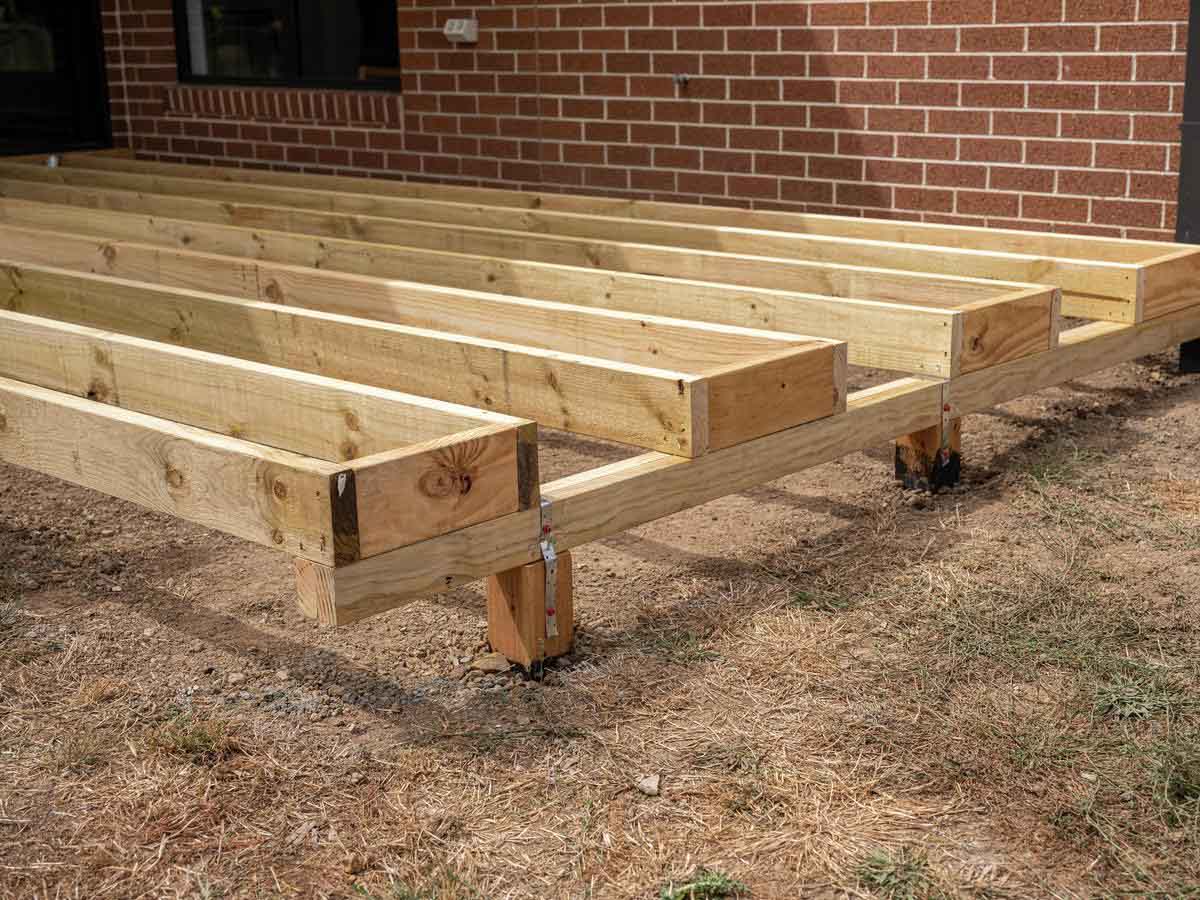
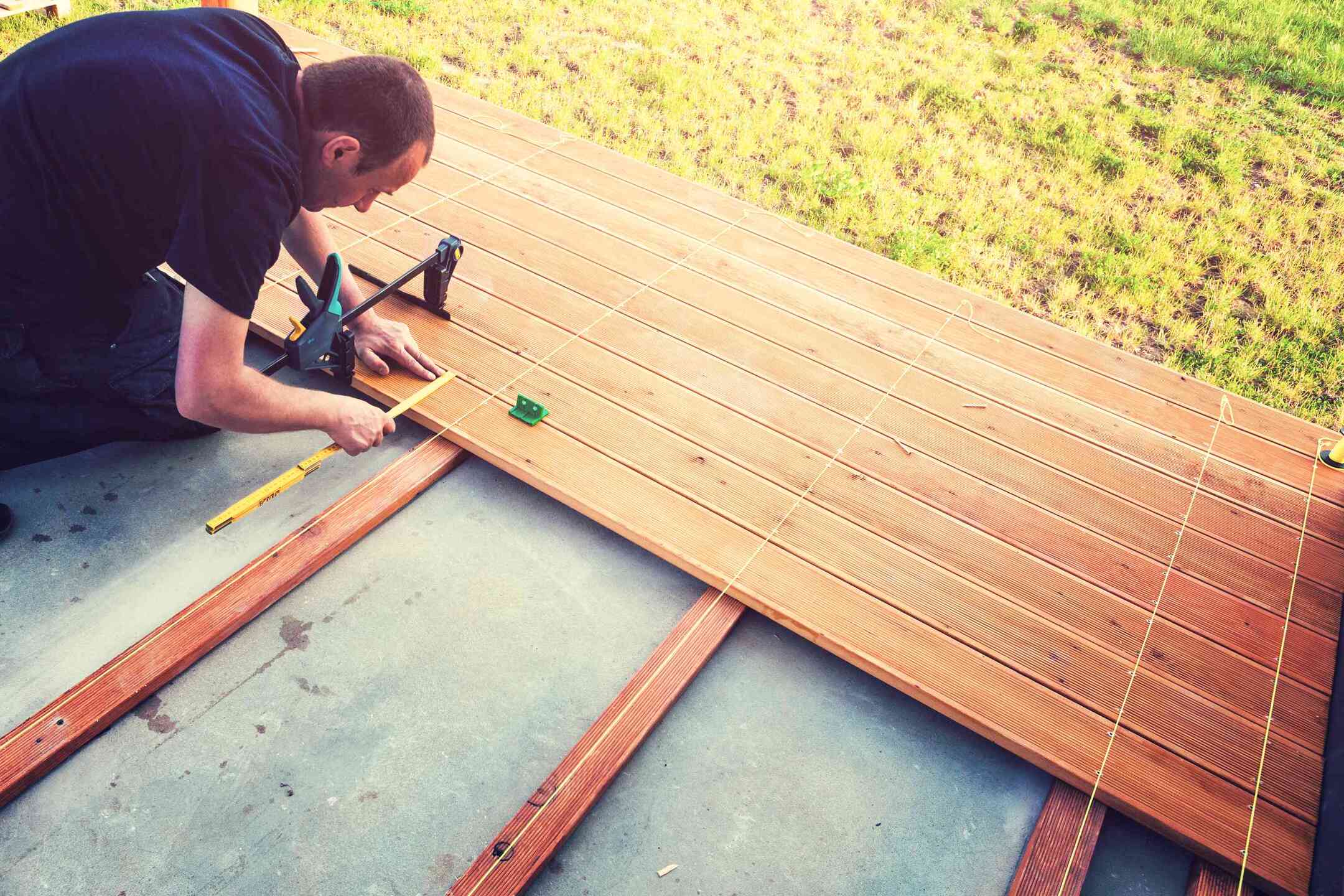

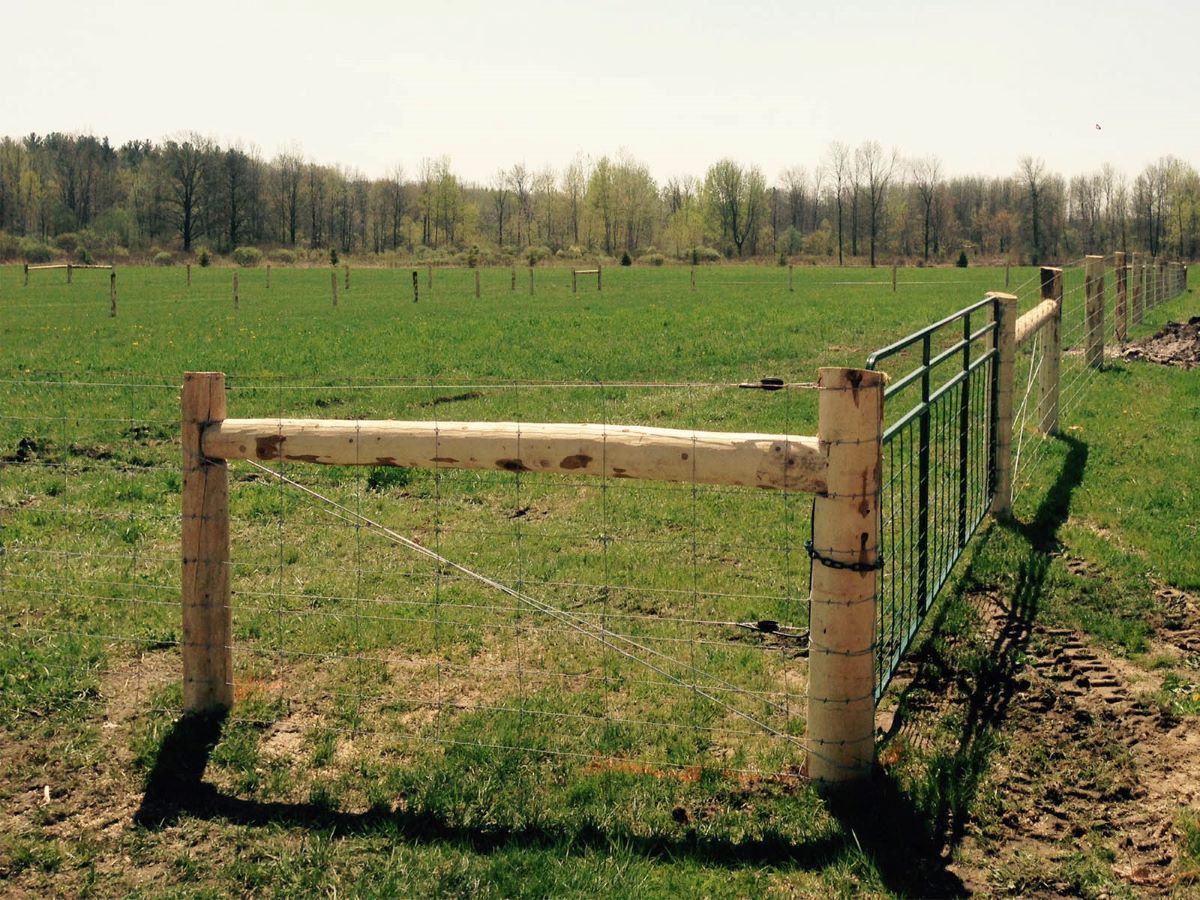
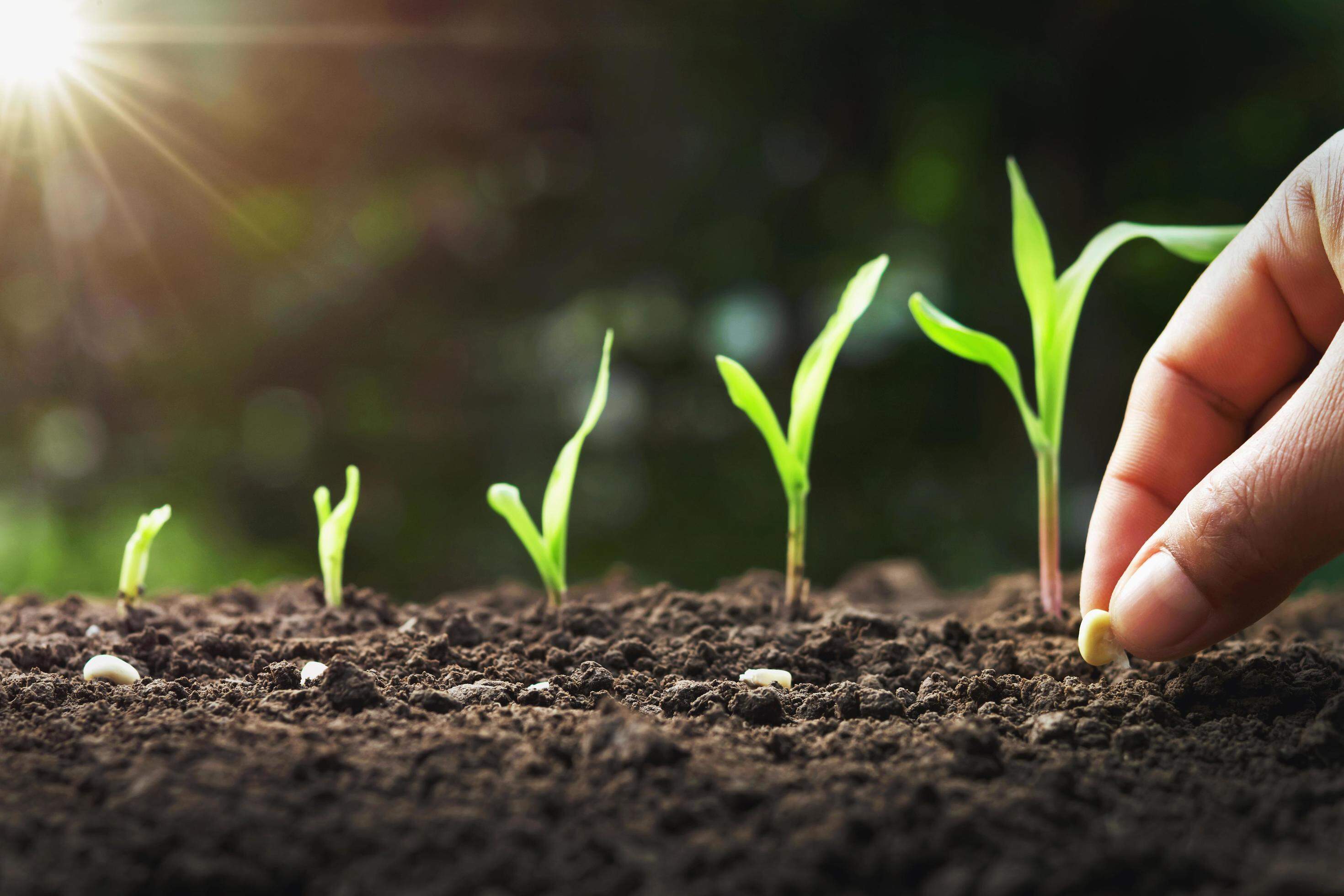
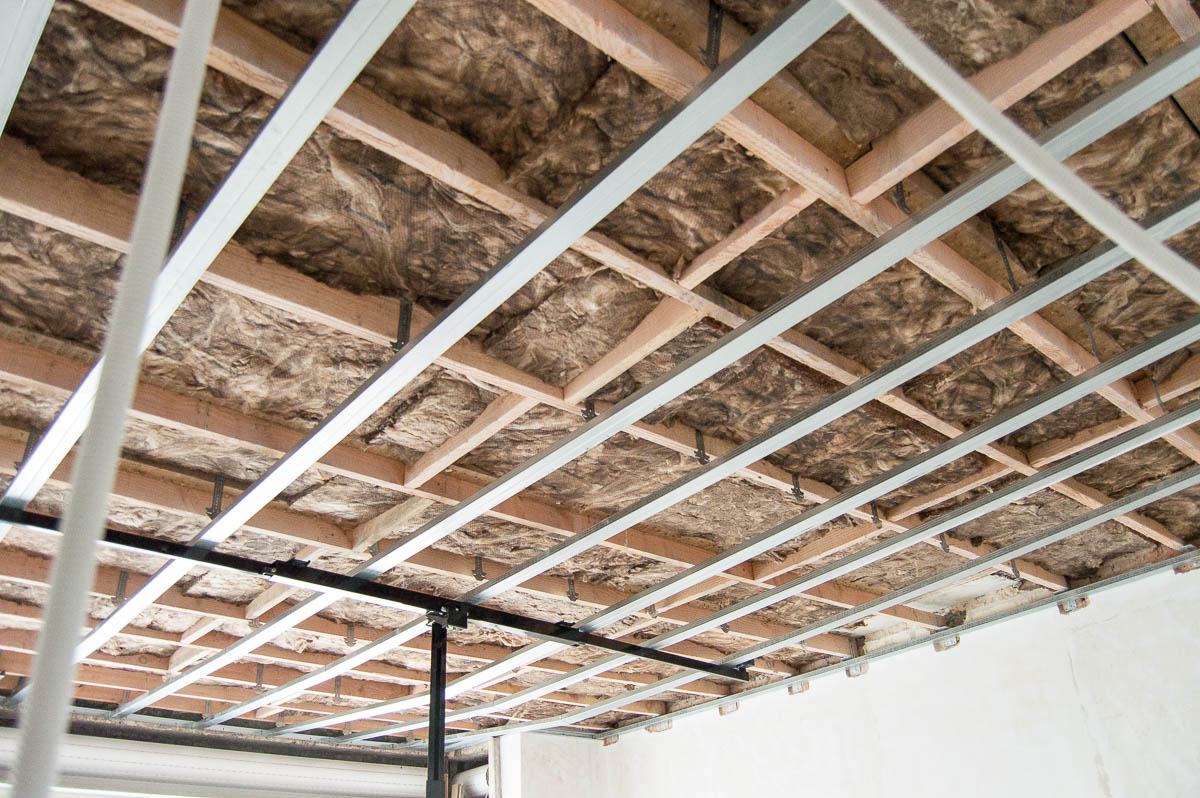
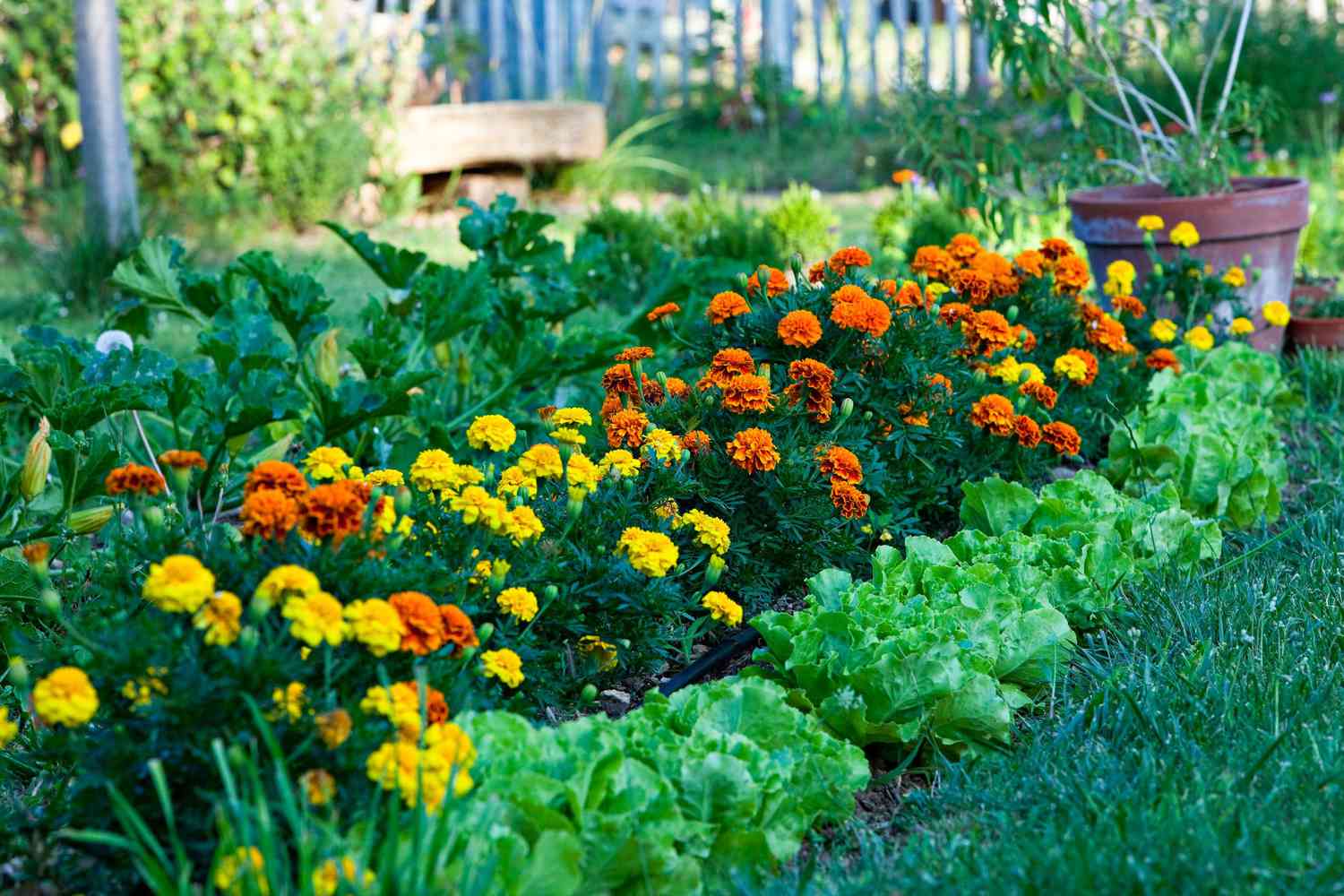
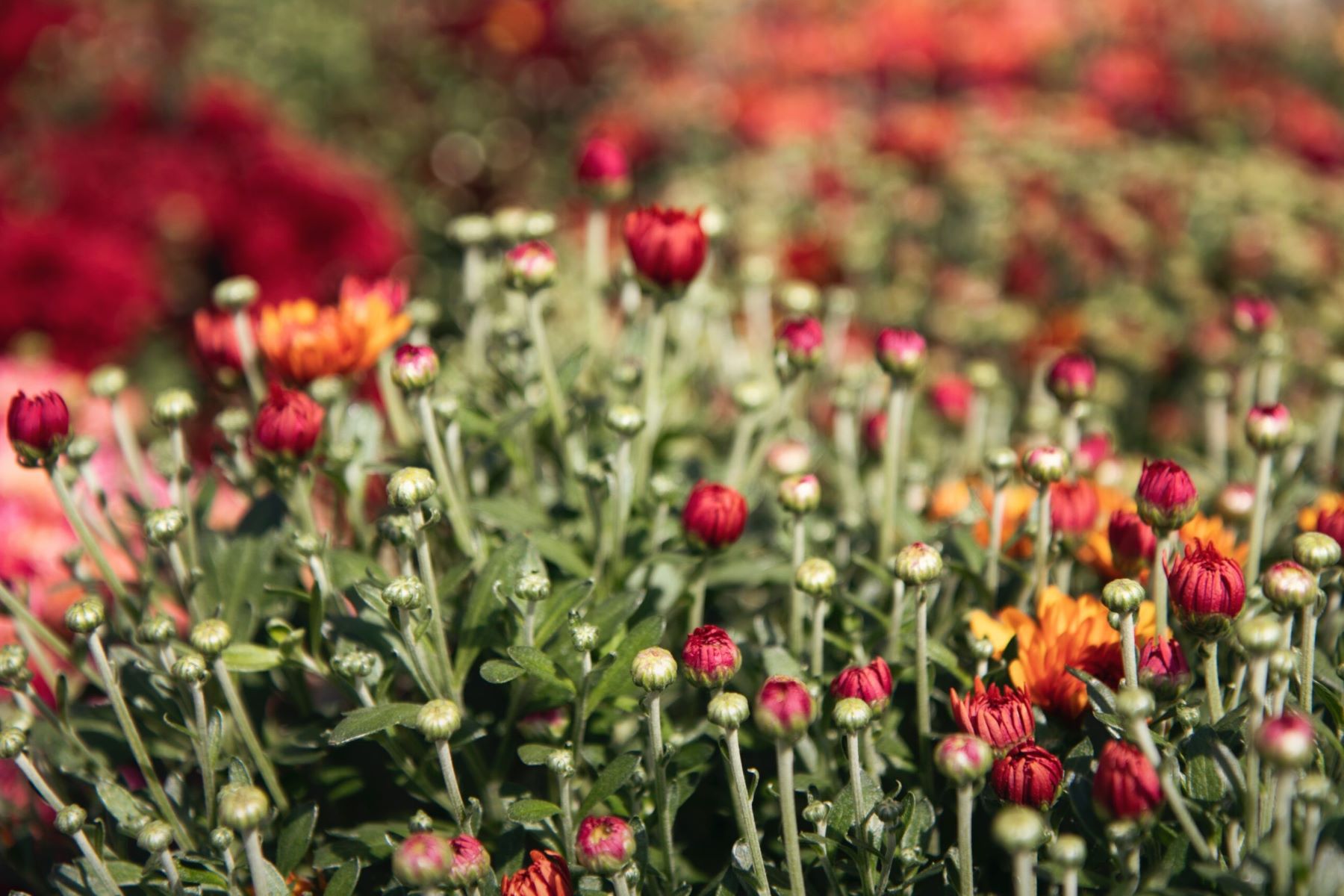

0 thoughts on “How Far Apart Should Mums Be Planted”